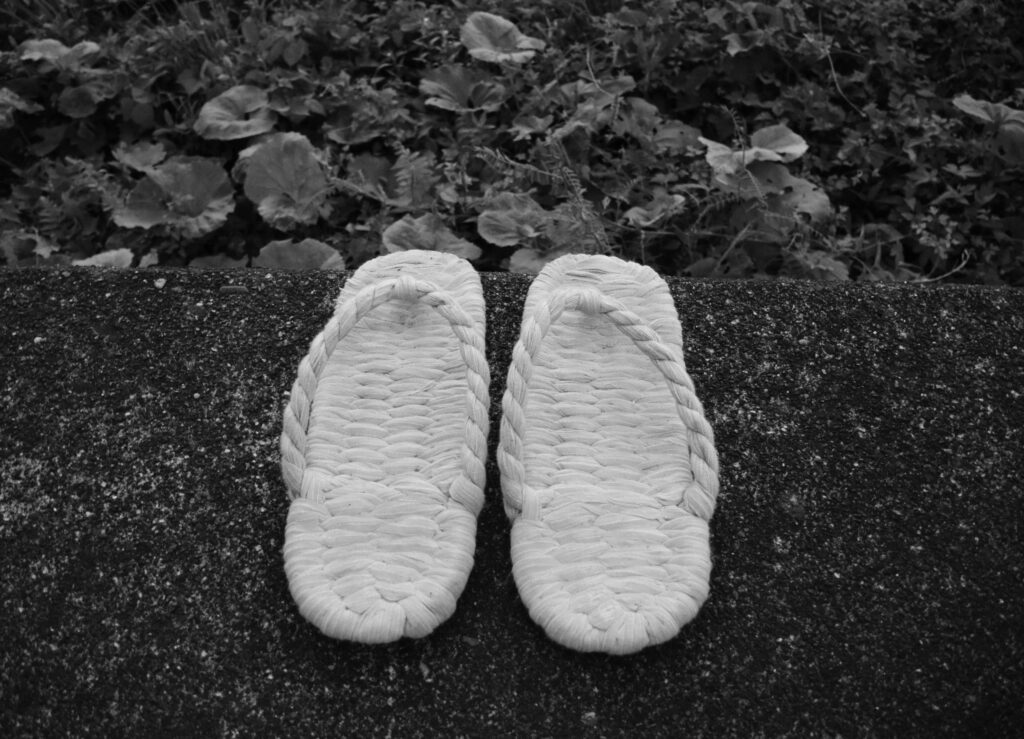Be mindful of the body in the body.—Buddha
Without mindfulness, you take your body for granted, or ignore the body as if it’s not important. James Joyce described this relationship in the line, “Mr. Duffy lived a short distance from his body.” Or you can fall into the other extreme of clinging and fear and overidentification with this body. It’s fine to care for the body, but it’s also possible that the wrong kind of attention will lead you into unhealthy fears and attachments about how your body should look. Buddha’s invitation for healing is to come into a mindful relationship with the body in our own body. You can start with attention to what your actual experience of being in this body is here and now.
When you sit down to meditate, you might expect to become peaceful and quiet, but often the first thing you actually experience is tightness and pain in the sensations of your body. You become aware of all the tensions you are carrying. If you’ve been busy running around or you’ve experienced a period of difficulties, as you slow down and become mindful, you’ll probably first become aware of everything that you’ve been ignoring in your body. At first it might seem that you’ll never get beyond this discomfort. But as you learn to meditate, your perspective grows and you become aware that being in a body is sometimes painful and sometimes pleasant.
The important question is, can you touch the difficulties in your body with mindfulness? Do you ignore your body and convince yourself that your physical body doesn’t matter? Healing starts by simply becoming mindful of the body as it is.
When things get difficult, pay benevolent attention to your body. Do this the same way you hold a child who is ill. When a child is sick, you give her medicine and sometimes she continues to cry, so you hold her until the medicine takes effect. In the same way you can hold what is difficult in your body like a sick child with kind attention. As you do, often the places that are wounded start to open up, and the body’s healing energy begins to flow back into the areas of pain and discomfort.
As our attention and mindfulness grow, compassion naturally arises. With mindfulness and compassion together we can begin to listen more deeply. We realize that living in our body is only a temporary condition. Consciousness knows that it is not the body. It sees, “Oh, the body’s gotten older, it’s gotten droopier,” but it knows that the body is not who you are.
Reflect on your body right this minute—in whatever condition it’s in—with compassionate attention. What kind of attention does it want? What would best honor its strength and life force? What would boost its resilience and well-being? What healing truth is your body trying to teach you right now? When you listen to your body in this way, you can also feel that it’s the Earth’s body. Its bones are made of Earth minerals, calcium and magnesium, and there is seawater in your blood. Your body is everything you eat. It’s not just your body but part of something bigger: you are the Earth come alive.
Listening deeply, your body will connect you back to the body of the Earth. As you sense that you are not separate from the planet, you know that to take care of your body you also must take care of the streams and the rivers, and the web of life within which you exist. You live within the same wheel of nature as the endangered species. Without mindful attention, you can fail to understand your personal connection to all living things.
The healing that comes from paying attention to our own mysterious body leads directly to an understanding of our connection to the body of Earth. Mindfulness of the body means developing awareness of who we truly are.
Excerpt: A Lamp in the Darkness






